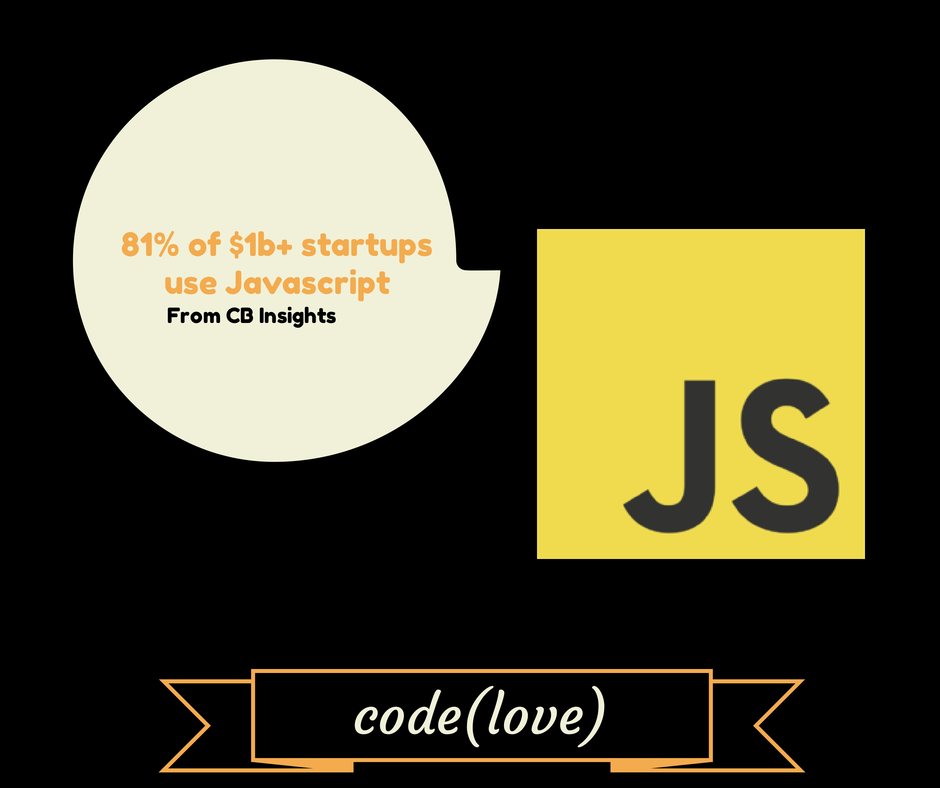Sooner or later the question will come up: what should a startup, or any new venture do in Canada with regard to its legal status?
While entrepreneurs should focus on building, there needs to be some strategic thought placed into how the company interacts with stakeholders around it, from investors, to customers. A consideration of legal options is always something that is worth examining.
![Incorporation with code(love)]()
Incorporation with code(love)
There are three distinct legal forms in Canada that are the most likely to pop up: the sole proprietorship, the partnership or Corporation. Incorporation is the process of taking an organization to a corporate legal form, with all of its pros and cons.
A corporation does have three distinct advantages over the other two legal forms.
First, incorporating your business limits the liability of individual shareholders in the event of a lawsuit or bankruptcy, except in the case of fraud. This means that shareholders can lose only the amount that they had invested in the Corporation. For risky startups, this can be a key consideration for those who are not willing to risk all of their individual assets—however, be aware of the fact that banks will often ask you for personal guarantees even if you are incorporated. Still, incorporation does act as a shield between your personal life and the idea you are creating.
Secondly, a Corporation may allow a business to more easily raise and attract investment capital, in particular through the sale of shares, which also allows for greater ease during a change of ownership. For startups looking for venture capital, being incorporated is often a must—and it conveys a certain sense of legitimacy, and ease with which you can add on more investors.
Finally, the Corporation may offer fiscal advantages, as the business may implement effective tax strategies with their financial advisors to lower tax rates, an option not available to their unincorporated counterparts. They can claim losses for example, and perhaps even pay a lower corporate income tax.
Now that we’re done with incorporation in general, there are two specific incorporation types startups have to decide between in Canada.
Federal or Provincial?
In Canada, a Corporation can exist under either a Federal or Provincial Charter. Both offer the same advantages mentioned above, in addition to the possibility of doing business anywhere in the world. Your decision whether to opt for a Provincial or Federal Corporation will, in part, be motivated by the following factors:
1) Industry: Industries, such as telecommunications, are subject to Federal jurisdiction, which would favour a Federal Corporation;
2) Cost: Federal Corporations must register with and pay for registration at both the Federal and Quebec registrars, unlike Quebec Corporations;
3) Director’s Nationality: At least one-third of the board of directors of Federal Corporations must consist of Canadian residents, whereas certain provincial corporations do not have this requirement.
Sometimes when you build, it’s easy to get ahead of yourself and forget that your startup, no matter how exciting it is, has to operate within the law, and hew to certain principles.
You can choose to incorporate yourself, but that could be messy. Many law firms now offer free incorporations or very good packages in order to entice startups to stay with them through financing rounds. One such example is Quebec-based Legal Logik, which offers incorporation for free—you just have to pay for the fees themselves, but they’ll handle all of the legal paperwork free of charge.
It’s this sort of program that will enable builders to create faster, without having to worry so much about the gritty and sometimes messy details creation leaves behind. Digital entrepreneurship, and building out ventures are great ambitions to have—but you’ll need experienced advisors to thrive. Seek them out if you want to go through incorporation, and be sure that you use your skills to create something meaningful—and sustainable.
——————————————————————————————————————————————————–
This is a sponsored article from Legal Logik, and it is purely informational in nature and does not constitute legal advice. This article neither constitutes nor creates an attorney-client relationship.
Photo credit: qwrrty via photopin cc





